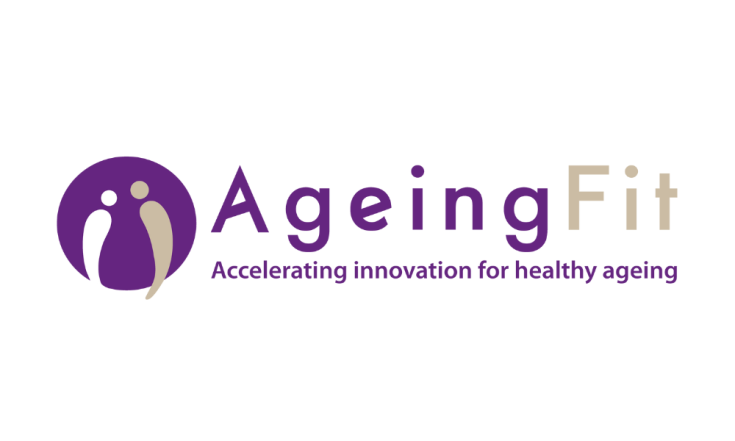NOTRE present on AgeingFit for our 3rd stakeholders meeting
AgeingFit is the first European event fostering innovation for well-being in older age, gathering all actors involved in the innovation cycle from research to market, along with the key players implicated in regulation and evaluation with the objective to identify tomorrow’s market needs and promote today’s innovative products and services for healthy ageing.
Eurasanté and the Hauts-de-France Region took advantage of this event to organise the 3rd meeting with the region's partners in the field of healthy ageing to promote collaboration between various players in the field of healthy ageing in order to encourage innovation and the adoption of digital solutions tailored to the needs of senior citizens. The event brought together a sociologist, an ergonomist, a representative of a pension fund, an association helping seniors to use digital technology, a nursing home and a start-up company.
A number of observations and recommendations emerged from this meeting.
First of all, the participants indicated that despite the existence of numerous digital solutions, their adoption by senior citizens remains limited: this can be explained by a denial of the need for assistance on the part of the senior citizen, a lack of ergonomics (grip, contrast, writing size, etc.) and intuitiveness of the digital device, and a perception of innovations as being gadgets. There are other obstacles to consider, such as the denial of the need for help, the cost of the solution, which can sometimes be too high for their budget, and the fear of scams.
Professional caregivers working in institutions or at home may also be reticent about the adoption of innovative solutions by the elderly people they look after. For example, products incorporating presence/motion sensors may be perceived by some as surveillance.
To overcome these obstacles, it is advisable to develop innovative solutions in collaboration with seniors and their carers. To identify the real needs of the elderly, it is essential to talk to them and those around them about the difficulties they encounter on a daily basis, rather than proposing a solution directly. User testing prior to deployment is crucial to ensure the relevance of the solutions.
In addition, solution providers need to take into account generational differences among the elderly, as future generations will be more receptive to digital technology.
Everyone needs a social link, especially older people who are unfamiliar with digital tools. The adoption of an innovative solution must therefore be accompanied by a professional who is available to the elderly person. For example, a professional from an association that helps senior citizens to use digital technology explains that during workshops, most senior citizens want help to create and use a health account such as Doctolib or Mon Espace Santé.
Finally, for the most vulnerable people, having the innovation prescribed by a professional can be seen as a guarantee of reliability.
The interoperability of solutions, their compatibility with different operating systems, and the role of incubators in supporting projects are essential to guarantee their adoption and success. The meeting identified clear avenues for promoting digital innovation tailored to the needs of senior citizens, to ensure their well-being and independence.
